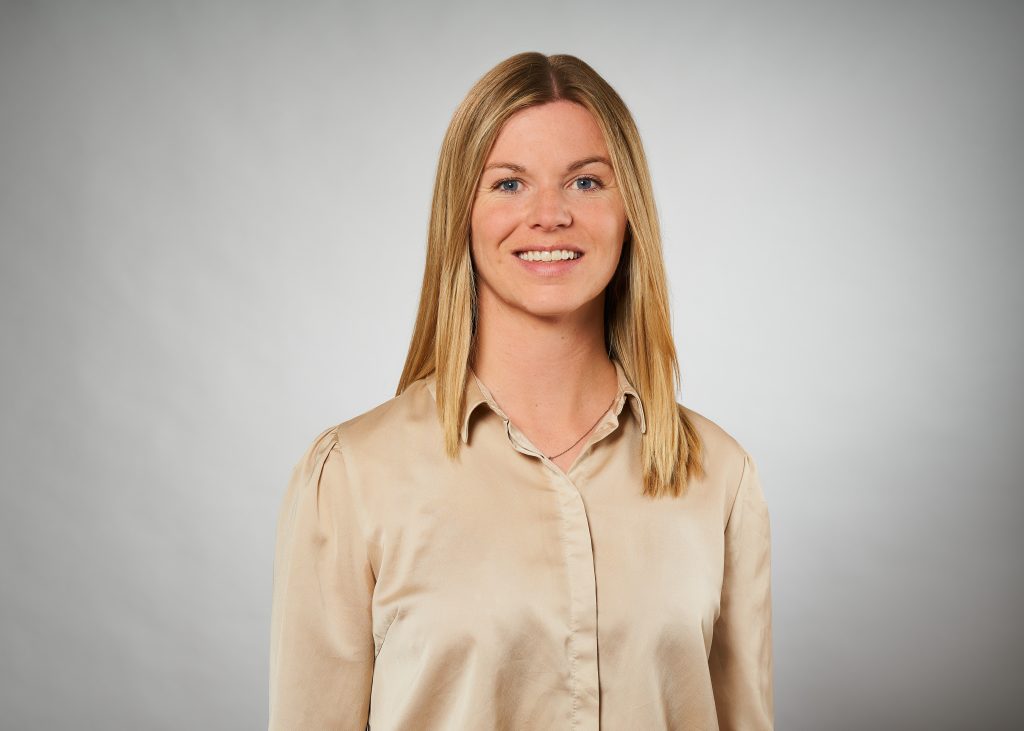Malin Wilckens studied history and politics in Göttingen, Bielefeld and Colchester (UK) between 2012 and 2018. Between 2018-2023, she completed her doctoral studies at the Bielefeld Graduate School in History and Sociology. During her doctoral studies, she was a doctoral scholarship holder of the German Academic Scholarship Foundation, a research fellow at Stanford University and the GHI Washington and an associate member of the SFB 1288 “Practices of Comparing” at Bielefeld University. She has also worked as a research assistant at the Chairs of 19th and 20th Century History (Bielefeld) and 19th to 21st Century History (Kiel). She has been a research associate at the IEG since November 2023. In 2025, she received the Johannes Zilkens Doctoral Prize from the Studienstiftung for her dissertation “Schädelvergleiche und die Ordnung der Welt – Rassifizierung in der Wissenschaft (1780-1880)” (Skull comparisons and the order of the world – racialisation in science, 1780-1880). She is currently affiliated as a visiting scholar on a postdoctoral fellowship at the Institute of Advanced Studies at University College London and at the German Historical Institute London.
- Global and global microhistory
- Entangled (European) history
- History of science and knowledge
- Historical ‘race” studies, in particular comparative anatomy/anthropology in Europe/North America in the 18th and 19th centuries
- Environmental history
- Jonatan Kurzwelly / Malin S. Wilckens, Calcified identities: Persisting essentialism in academic collections of human remains, in: Anthropological Theory 23 (2023) 1, S. 100–122, https://doi.org/10.1177/14634996221133872
- Malin S. Wilckens / Jonatan Kurzwelly, Wert und Verwendung menschlicher Überreste – Vergangene und gegenwärtige Perspektiven im interdisziplinären Dialog, in: Special Issue der Historischen Anthropologie 30 (2022) 3, Totes Kapital, S. 329–349, https://doi.org/10.7788/hian.2022.30.3.329
- Malin S. Wilckens, Differenz messen – Der Schädel als ,Objekt-Subjekt‘ zur Klassifikation von ‚Rassen‘ in der Vergleichenden Anatomie des 18. und 19. Jahrhunderts, in: Cornelia Aust / Antje Flüchter / Claudia Jarzebowski (eds.), Verglichene Körper – Normieren, Urteilen, Entrechten in der Vormoderne, Steiner Verlag: Stuttgart 2022, S. 179–203, https://doi.org/10.25162/9783515133661
- Julian T. D. Gärtner / Malin S. Wilckens (Hg.), Racializing Humankind. Interdisciplinary Perspectives on Practices of ‚Race‘ and Racism, Böhlau: Wien/Köln 2022, https://doi.org/10.7788/9783412524180
- Malin S. Wilckens, Racializing, Comparing and Theorizing Skulls – Johann Friedrich Blumenbach’s and Anders Retzius‘ Practices of Ordering Humankind, in: Julian T. D. Gärtner/Malin S. Wilckens (Hg.), Racializing Humankind: Interdisciplinary Perspectives on Practices of ‚Race‘ and Racism, Böhlau: Wien/Köln 2022, S. 91–110, https://doi.org/10.7788/9783412524180.91
